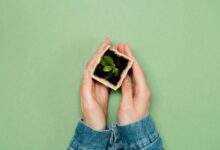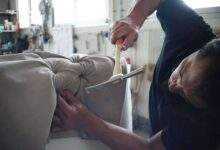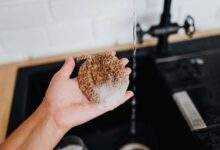Breathe New Life into Plastic: A Comprehensive Guide to Repurposing Plastic Bottles DIY
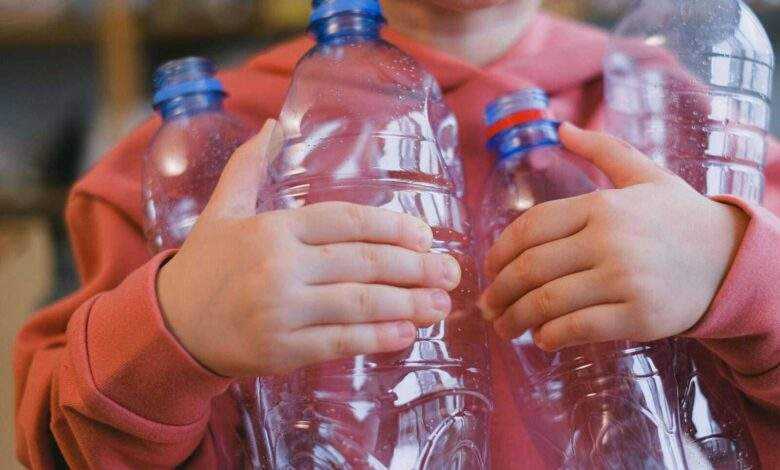
Table of Contents
Plastic bottles – they seem to be everywhere! But before you toss them in the recycling bin (which is great!), consider giving them a second life. This guide unlocks the world of upcycling plastic bottles, transforming them from environmental villains into creative heroes.
No matter your crafting experience, we’ve got you covered. From playful animal figures for kids to functional storage solutions for your home, this guide unveils a treasure trove of DIY projects. Get ready to unleash your inner artist, embrace sustainability, and discover the joy of creating something beautiful and useful from “waste.”
Repurposing plastic bottles isn’t just about crafting – it’s about making a difference. By choosing upcycling, you’re actively reducing plastic waste and inspiring others to join the movement towards a greener future. So, grab those bottles, gather your supplies, and let’s dive into the world of upcycling!
The Plastic Problem: A Call for Action
A. An Ocean of Plastic Waste
In the United States, over 35 billion plastic bottles are discarded each year, with only about 30% being recycled . This staggering number contributes to a growing environmental crisis. The majority of these bottles end up in landfills or the ocean, taking hundreds of years to decompose. Marine life suffers greatly as plastic waste disrupts ecosystems, and animals mistake plastic for food, leading to injury or death .
Visuals of plastic pollution, such as images of plastic-covered beaches and animals entangled in plastic, highlight the severity of this issue. Addressing plastic pollution is imperative to preserving marine life, wildlife, and ecosystems .
Relevant Websites:
B. The Power of Upcycling
Upcycling is the process of transforming discarded materials into new, useful items. It is an innovative way to reduce waste, promote sustainability, and foster creativity. Upcycling plastic bottles not only helps reduce the amount of waste that ends up in landfills but also allows individuals to create unique, functional items .
Inspiring examples of upcycled plastic bottle projects from around the world include intricate sculptures, functional furniture, and everyday household items. These projects showcase the endless possibilities of upcycling and the positive impact it can have on the environment .
Relevant Websites:
- Upcycle That
- Upcycling Ideas and Projects
- Inhabitat – Upcycling
C. Before You Begin: Responsible Bottle Reuse (250 Words)
Before starting any upcycling project, it’s important to follow responsible practices:
- Choose BPA-Free Bottles: Ensure the bottles you use are free from harmful chemicals.
- Rinse Thoroughly: Clean the bottles to remove any residue or contaminants.
- Remove Labels: Soak bottles in warm water to easily peel off labels .
Safety is crucial when working with plastic bottles. Use sharp tools with caution, and always work in a well-ventilated area. If a bottle is heavily damaged, recycling is a responsible alternative .
Relevant Websites:
- Safe Plastics Guide
- Recycling Guide
- Healthy Child – Safer Plastics
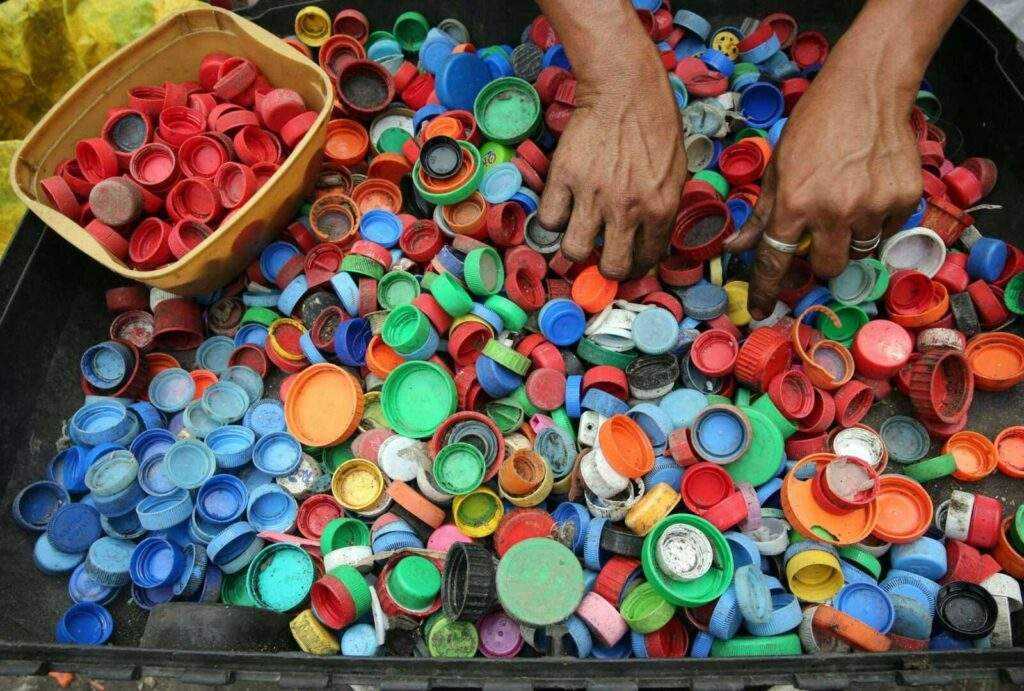
Unleash Your Inner Artist: Creative Crafts for Kids
A. A Fun Introduction to Upcycling
Upcycling crafts are perfect for engaging children in creative activities that also teach environmental awareness. These projects help develop motor skills and foster a sense of accomplishment .
Basic safety guidelines include supervising children when using scissors or other sharp tools and ensuring they wear protective gear when necessary .
Relevant Websites:
- Artful Parent – Upcycling Crafts
- PBS Kids – Upcycling Ideas
- Parents.com – Upcycled Crafts
B. A Menagerie of Bottle Buddies
Creating animal figures from plastic bottles is a fun and imaginative project for young children. Here’s a step-by-step guide:
- Materials Needed: Clean plastic bottles, paint, markers, glue, scissors.
- Instructions:
- Step 1: Cut the bottle to the desired shape.
- Step 2: Paint the bottle to resemble an animal (e.g., penguin, pig, owl).
- Step 3: Add details with markers and glue on additional features like ears or beaks .
Encourage customization by using various colors and decorations.
Relevant Websites:
- Red Ted Art – Bottle Animals
- Crafts by Amanda – Recycled Crafts
- Kids Activities Blog – Bottle Crafts
C. Sparkling Sensory Bottles
Sensory bottles are visually stimulating and can be calming for children. To create a sensory bottle:
- Materials Needed: Clear plastic bottles, glitter, beads, water, food coloring.
- Instructions:
- Step 1: Fill the bottle with water.
- Step 2: Add glitter, beads, and a few drops of food coloring.
- Step 3: Secure the lid tightly and shake .
Experiment with different colors and materials for a variety of sensory experiences.
Relevant Websites:
- The Imagination Tree – Sensory Bottles
- Hands On As We Grow – Sensory Bottle Ideas
- Little Bins for Little Hands – Sensory Bottles
D. Blooming Beauties: Upcycled Bottle Planters (Optional)
For older children interested in gardening, crafting planters from plastic bottles is a great project:
- Materials Needed: Plastic bottles, soil, paint, washi tape, seeds or small plants.
- Instructions:
- Step 1: Cut the bottle in half and make drainage holes at the bottom.
- Step 2: Decorate the planter with paint or washi tape.
- Step 3: Fill with soil and plant seeds or small plants .
Discuss basic plant care techniques to help children understand the responsibility of gardening.
Relevant Websites:
- Gardening Know How – DIY Planters
- KidsGardening.org – Gardening Projects
- National Geographic Kids – DIY Bottle Planter
Functional Flair: DIY Projects for Everyday Use
A. Organized Bliss: Storage Solutions with Style
Plastic bottles can be transformed into stylish storage solutions:
- Desktop Organizers:
- Materials Needed: Plastic bottles, paint, decorative paper.
- Instructions:
- Step 1: Cut the bottles to the desired height.
- Step 2: Decorate with paint or wrap with decorative paper.
- Step 3: Use for pens, pencils, and other office supplies .
- Drawer Dividers:
- Materials Needed: Small plastic bottles.
- Instructions:
- Step 1: Cut bottles to fit inside drawers.
- Step 2: Use to organize small items in drawers .
Relevant Websites:
- Homedit – DIY Storage Ideas
- The Spruce – Recycled Storage Projects
- Bob Vila – Creative Storage Solutions
B. Taming the Tangle: Cord Organizers on the Go
Keep cords and chargers organized with DIY cord organizers:
- Simple Cord Wraps:
- Materials Needed: Plastic bottles, scissors.
- Instructions:
- Step 1: Cut the bottle into strips.
- Step 2: Wrap cords around the strips and secure .
- Multi-Compartment Organizers:
- Materials Needed: Plastic bottles, paint, scissors.
- Instructions:
- Step 1: Cut the bottle into sections.
- Step 2: Decorate and use each section for different cords .
Relevant Websites:
- MakeUseOf – DIY Cable Management
- Lifehacker – Cord Organizing Hacks
C. Gardening Gems: Upcycled Watering Cans and Seedling Starters
Plastic bottles can be upcycled into gardening tools:
- Watering Cans:
- Materials Needed: Plastic bottles, scissors, nail.
- Instructions:
- Step 1: Poke holes in the bottle cap.
- Step 2: Fill with water and use for precise watering .
- Seedling Starters:
- Materials Needed: Plastic bottles, soil, seeds.
- Instructions:
- Step 1: Cut the bottle in half.
- Step 2: Fill with soil and plant seeds .
- Step 3: Create drainage holes at the bottom .
Relevant Websites:
- Gardening Know How – DIY Seed Starters
- The Spruce – DIY Watering Cans
- Better Homes & Gardens – Upcycled Garden Tools
D. Light Up Your Life: DIY Lanterns and Lamps (Optional)
For advanced crafters, create decorative lamps or lanterns:
- Materials Needed: Plastic bottles, string lights, paint, scissors.
- Instructions:
- Step 1: Cut and decorate the bottles.
- Step 2: Insert string lights or fairy lights .
- Step 3: Use power cords and sockets safely .
Relevant Websites:
- DIY Network – Plastic Bottle Lamps
- Instructables – Bottle Lanterns
- Hometalk – Upcycled Lanterns
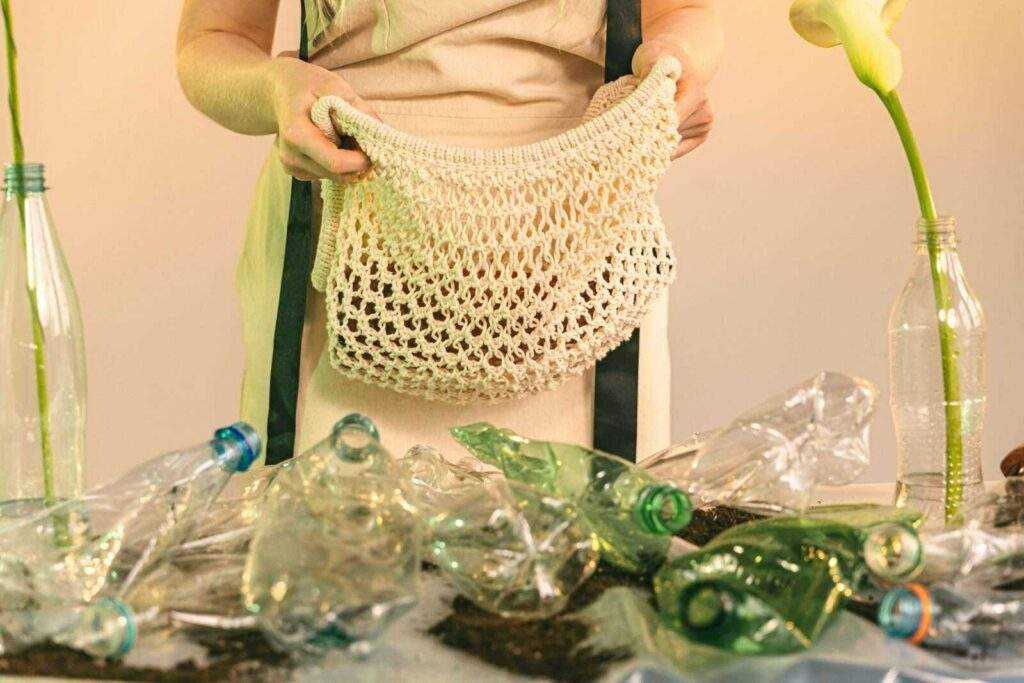
Beyond the Basics: Techniques and Tools
A. The Cutting Edge: Techniques for Working with Plastic
Safe cutting techniques are essential:
- Using Scissors:
- Tips: Use sharp, sturdy scissors. Cut slowly and steadily to avoid jagged edges .
- Using Craft Knives or Rotary Cutters:
- Tips: Use a cutting mat to protect surfaces. Apply even pressure .
- Alternative Methods:
- Heat Guns: Use with caution to soften plastic for shaping .
Relevant Websites:
- Safety with Craft Tools
- Cutting Techniques for Plastic
- Using a Heat Gun for Crafting
B. The Power of Paint: Decorating Your Projects
Painting techniques for plastic crafts:
- Acrylic Paints:
- Tips: Prime the surface for better adhesion. Apply in thin layers .
- Spray Paint:
- Tips: Use in a well-ventilated area. Hold the can at an appropriate distance .
- Markers:
- Tips: Use permanent markers for long-lasting designs .
Relevant Websites:
- How to Paint Plastic
- Best Paints for Plastic
- DIY Painting Tips
C. The Finishing Touches: Embellishments and Additions
Personalize your projects with embellishments:
- Buttons, Beads, and Ribbons:
- Tips: Glue securely for durability. Mix and match for unique designs .
- Fabric, Yarn, and Twine:
- Tips: Wrap around bottles for texture. Use fabric glue for secure attachment .
Relevant Websites:
- Crafting with Buttons and Beads
- DIY Fabric Projects
- Crafting with Twine
A Celebration of Sustainability: The Benefits of Upcycling
A. Reducing Waste, One Bottle at a Time
Upcycling plastic bottles significantly reduces waste:
- Environmental Impact:
- Landfill Reduction: Less waste in landfills.
- Inspiration: Encourage others to adopt sustainable practices .
Relevant Websites:
- EPA – Benefits of Reducing Waste
- NRDC – Waste Reduction
- Earth911 – Benefits of Recycling
B. The Creativity Catalyst
Upcycling sparks creativity and resourcefulness:
- Personal Satisfaction:
- Enjoyment: Create something beautiful and useful.
- Unique Creations: Every upcycled item is one-of-a-kind .
Relevant Websites:
- Creative Upcycling Ideas
- Inhabitat – Upcycling Projects
- Crafts Unleashed – Upcycled Crafts
C. A Budget-Friendly Hobby
Upcycling is cost-effective and enjoyable:
- Affordable Materials:
- Readily Available: Use items you already have.
- Low-Cost: Minimal expense for additional supplies .
Relevant Websites:
- Cheap Craft Ideas
- DIY Projects on a Budget
- Thrifty Fun – Frugal Crafts
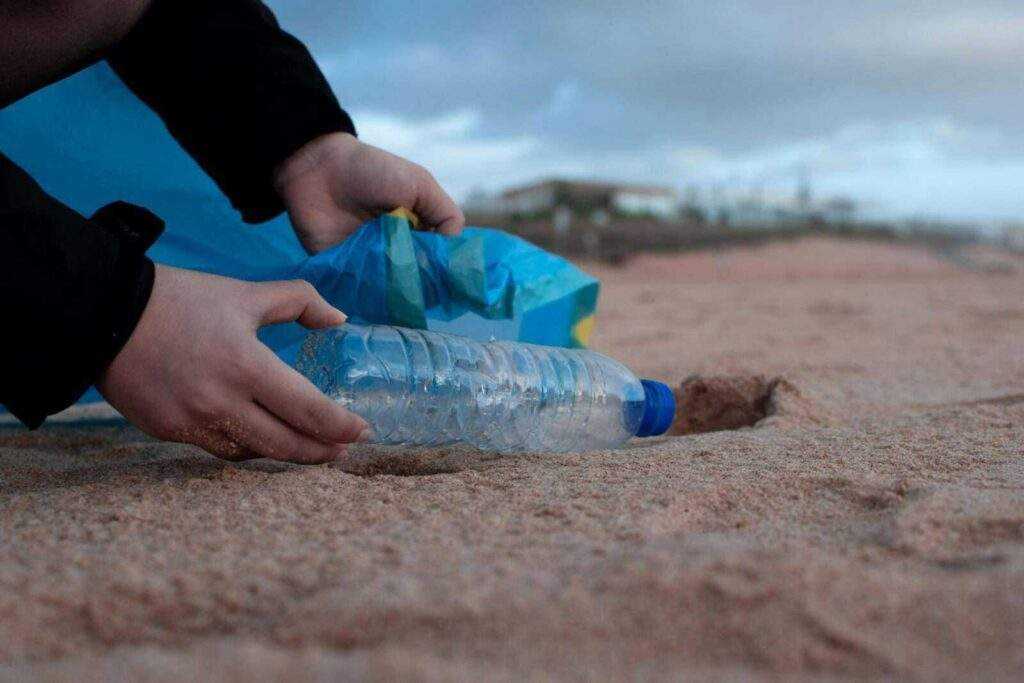
Troubleshooting Your Projects: Tips and Solutions
A. Conquering Common Cutting Issues
Address common cutting problems:
- Uneven Cuts:
- Solution: Use a straight edge for guidance. Sand or file edges for a smoother finish .
Relevant Websites:
- How to Cut Plastic
- Fixing Jagged Edges
B. Taming Uneven Paint Application
Achieve even paint application:
- Avoid Drips and Streaks:
- Solution: Apply thin coats. Allow proper drying time between layers .
Relevant Websites:
- Painting Techniques
- Avoiding Paint Drips
C. Breathing New Life into Imperfect Projects
Salvage upcycled projects with minor flaws:
- Embrace Imperfections:
- Solution: Use embellishments to cover flaws. View imperfections as part of the upcycled aesthetic .
Relevant Websites:
- Embracing Imperfection in Crafts
- Salvaging Craft Projects
Sharing the Upcycling Spirit: Inspiration and Community
A. Fueling Inspiration
Join online communities and find inspiration:
- Resources:
- Links: Blogs, social media groups dedicated to upcycling .
- Sharing: Encourage sharing of upcycled creations .
Relevant Websites:
- Upcycle That Community
- Reddit – Upcycling
- Pinterest – Upcycling Ideas
B. Gifting with a Green Heart
Handmade upcycled gifts are unique and thoughtful:
- Personalized Gifts:
- Ideas: Create personalized gifts for friends and family .
- Impact: Highlight the eco-friendly nature of upcycled gifts .
Relevant Websites:
- Eco-Friendly Gift Ideas
- Homemade Gifts
- Gift Ideas from Recycled Materials
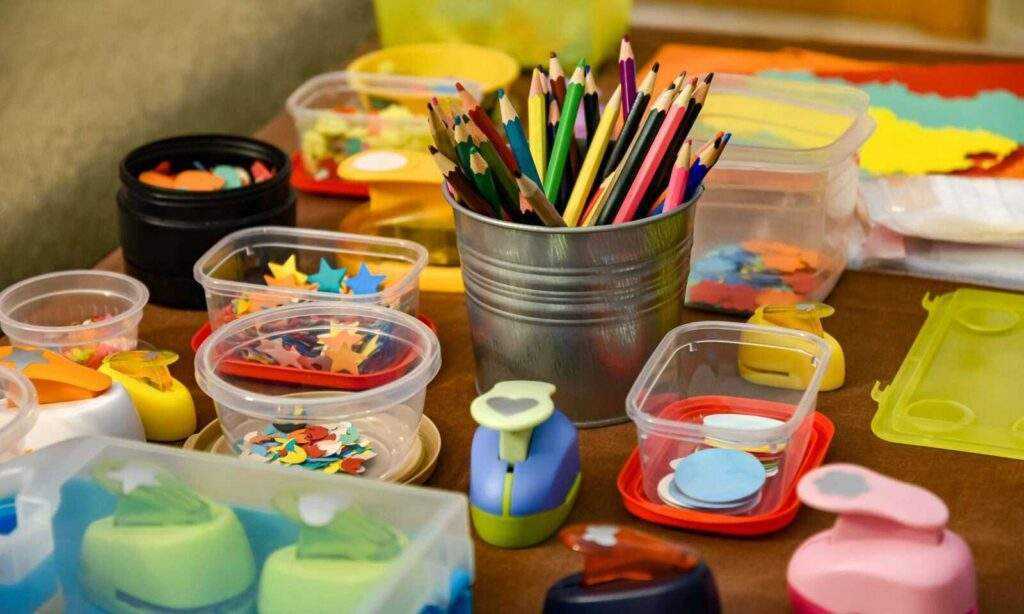
The Final Sip: A Toast to a More Sustainable Future
A. Celebrating Your Achievements
Congratulations on embarking on your upcycling journey! By repurposing plastic bottles into useful and creative items, you’ve made a significant impact on reducing plastic waste. Each project completed is a testament to your commitment to sustainability and environmental responsibility.
B. The Ripple Effect
Your actions ripple outward, influencing others to embrace sustainable practices. By upcycling plastic bottles, you’re not only reducing waste but also inspiring those around you to reconsider their consumption habits. Imagine the collective impact if everyone took small steps like yours towards a more sustainable future.
C. A Call to Action
Let your journey inspire others! Share your upcycled creations on social media, in community workshops, or with friends and family. Your experiences and successes can motivate others to join the movement towards reducing plastic waste and embracing eco-conscious living.
Continue exploring new ideas, improving your skills, and advocating for sustainable practices in your community. Together, we can create a world where creativity thrives, waste diminishes, and our planet flourishes.
Frequently Asked Questions: Repurposing Plastic Bottles Like a Pro!
1. What type of plastic bottles are best for upcycling projects?
Focus on clean, dry bottles made from PET plastic (usually labeled with #1). Avoid bottles with BPA (Bisphenol A) and choose food-grade bottles whenever possible for projects involving food storage.
2. What are some essential tools for working with plastic bottles?
A good pair of sharp scissors or a craft knife, a permanent marker, and a ruler are essential. Depending on your project, you might also need a hot glue gun, sandpaper, or a drill for creating drainage holes.
3. How can I safely cut plastic bottles?
Always use sharp tools and adult supervision is recommended for younger crafters. Cut on a stable surface and avoid sawing motions. Consider scoring the bottle with a craft knife first for cleaner cuts.
4. What kind of paint should I use for plastic bottles?
Acrylic paints work well on plastic, especially when paired with a primer for better adhesion. Spray paint can also be used, but ensure proper ventilation.
5. Is it okay to use heat when working with plastic bottles?
Heat guns can be helpful for softening specific areas for shaping, but use them with extreme caution. Overheating can melt or deform the plastic, so start with low heat and work in short bursts.
6. How can I make my upcycled projects more durable?
For added strength, consider using a sealant after painting, especially for projects that will be exposed to moisture or sunlight.
7. What are some alternatives to glue for attaching items to plastic bottles?
For a more secure bond, hot glue is a good choice. Sewing elements onto the plastic using yarn or twine can also be a fun and decorative option.
8. What can I do with leftover bits of plastic from cutting bottles?
Don’t throw them away! Smaller pieces can be used for mosaic art, creating decorative embellishments, or adding texture to your projects.
9. Is upcycling plastic bottles truly effective in reducing plastic waste?
Absolutely! Every bottle you repurpose is one less that ends up in a landfill or the environment. Upcycling also inspires others to adopt sustainable practices.
10. Where can I find more inspiration for upcycling plastic bottles?
The internet is a treasure trove of ideas! Explore online resources, blogs, and social media communities dedicated to upcycling. Share your own creations and inspire others to join the movement!
Congratulations! By completing this guide, you’ve taken a powerful step towards a more sustainable lifestyle. You’ve not only created stunning upcycled projects, but you’ve also become a champion for reducing plastic waste.
From the whimsical glow of upcycled lanterns to the convenience of DIY storage solutions, your repurposed projects are testaments to your creativity and environmental consciousness. Don’t stop here! Keep the upcycling spirit alive by sharing your creations with friends and family, inspiring them to join the movement.
Remember, every upcycled bottle is a victory for our planet. Continue exploring new project ideas, share your journey on social media using #UpcycleRevolution, and let’s build a community of eco-conscious crafters together. The future is sustainable, and it starts with you!

